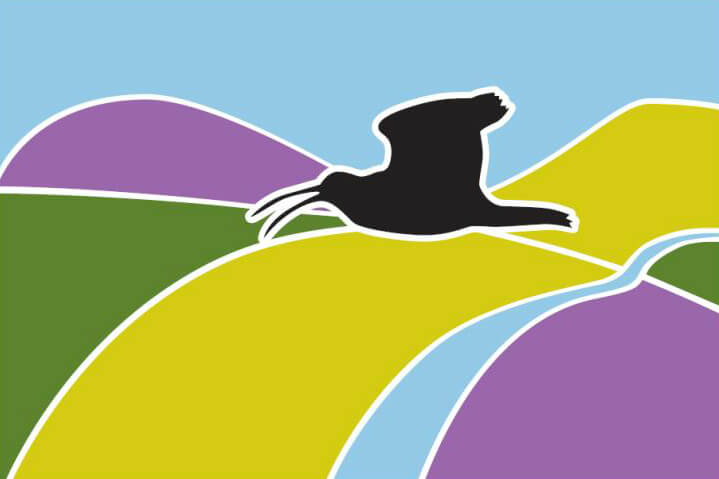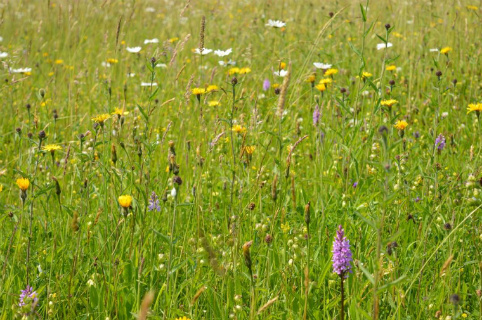This is an archived website, available until June 2027. We hope it will inspire people to continue to care for and protect the South West Peak area and other landscapes. Although the South West Peak Landscape Partnership ended in June 2022, the area is within the Peak District National Park. Enquiries can be made to customer.service@peakdistrict.gov.uk
The 5-year South West Peak Landscape Partnership, 2017-2022, was funded by the National Lottery Heritage Fund.
![]() Upstream Thinking
Upstream Thinking
Project summary
The iconic Roaches offers stunning views of the South West Peak and beyond; with a clear day showing views of Snowdonia, Liverpool Cathedral and Cannock Chase. This heavily visited area is protected because of its upland moor and blanket bog habitats and the many different species that rely on these fragile ecosystems for survival.
Pressure from the popularity of the Roaches and weather erosion has put these habitats in jeopardy. Roaches Gateway aims to improve the infrastructure and access to this beautiful and important natural area. Scars and deep cuts from use and erosion are marring the landscape and allowing blanket bogs to dry out by draining water away far too rapidly.
Importantly, these deep cuts make walking difficult for visitors and results in short-cuts into the surrounding habitats.
Through the use of skilled contractors and volunteers over 1,000 metres of key footpaths will be restored. Additionally, 800 metres of drystone walls will also be repaired in order to save these important cultural landmarks and preserve the beautiful vistas.
What we're doing
- Repairing 1,000 metres of the most popular footpaths around the Roaches
- Training local volunteers in stone footpath construction and drystone wall repair
- Restoring 800 metres of drystone walls
- Providing on-site and off-site interpretation about the value of the Roaches landscape
- Improving infrastructure at 3 popular entrances
Activities
More

Jelly-o jujubes chocolate cake caramels toffee dragée cake. Croissant chocolate cake halvah pastry sweet roll chocolate cake cake. Marshmallow brownie.

Jelly-o jujubes chocolate cake caramels toffee dragée cake. Croissant chocolate cake halvah pastry sweet roll chocolate cake cake. Marshmallow brownie.
Related articles

Discovering Grassland Fungi Training
The Cheshire hills are home to communities of fungal species which are grassland specialists. These communities can be valuable indicators of ancient grassland. Also, like their grassland habitat, they are threatened by improvement, disturbance, or cessation of management.

Christmas Newsletter
The Cheshire hills are home to communities of fungal species which are grassland specialists. These communities can be valuable indicators of ancient grassland. Also, like their grassland habitat, they are threatened by improvement, disturbance, or cessation of management.









